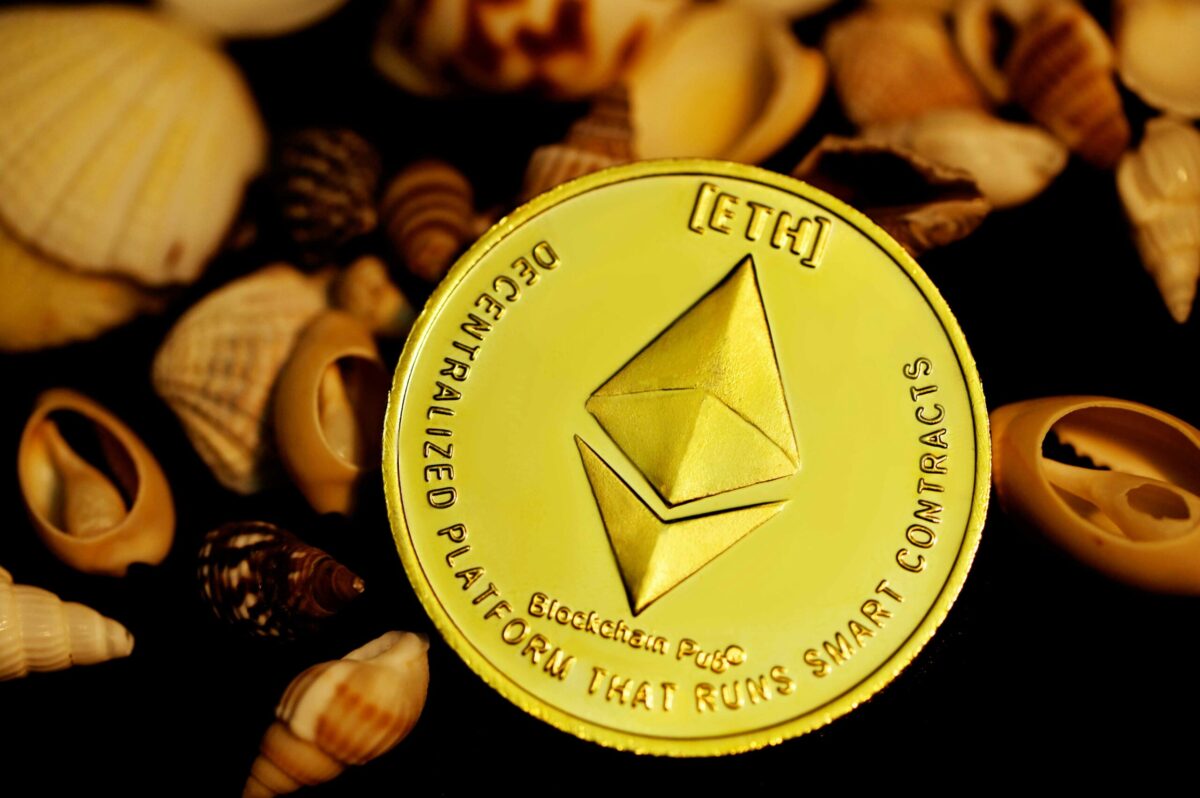A new report from VanEck’s Market Vector claims that Solana’s technology could help it close the gap with Ethereum, one of the world’s largest blockchains.
According to the report, Solana’s market value could grow to half of Ethereum’s, with the price of its token ($SOL) potentially rising to $330, which would be a 50% increase from where it stands now.
Outperforming Ethereum in key areas
The report highlighted several ways Solana outperformed Ethereum in terms of efficiency. Solana processes 3,000% more transactions than Ethereum and has 1,300% more daily active users.
Additionally, Solana’s transaction fees are 5 million percent cheaper than Ethereum’s, making it much more cost-effective to use.
These strengths have positioned Solana as a strong competitor to Ethereum, especially as demand for fast, low-cost blockchain technology grows. Despite these advantages, Solana’s market capitalisation is still only about 22% of Ethereum’s.
As of today, Ethereum’s market cap stands at over $313 billion, while Solana’s is about $70.6 billion, according to data from CoinGecko. So, while Solana is technically impressive, it still lags far behind Ethereum in terms of overall value.
However, the report suggested that Solana could close this gap. “Solana has the potential to reach 50% of Ethereum’s market cap”, it said.
These predictions are based on technical analysis from platforms like TradingView, hinting at a potential shift in the cryptocurrency landscape if Solana’s market cap grows as predicted.
A slower institutional adoption
One of the key reasons for the gap between Solana and Ethereum is that institutional investors (such as large banks and asset managers) have been slower to adopt Solana.
Ethereum, which launched in 2014, has had a significant head start. Over the years, it has built trust among large investors. Solana, which was only launched in 2018, is newer and less familiar to institutions.
As a result, many institutional investors are hesitant to move their money from Ethereum to Solana, even though Solana offers clear advantages.
“Institutions are hesitant to move significant amounts of capital away from Ethereum, even if Solana provides advantages”, the report explained. Investors tend to stick with established assets, even if newer assets like Solana could be more profitable in the long run.
The report advises investors to consider diversifying their portfolios by investing in multiple layer-1 (L1) blockchains, such as Ethereum and Solana, to reduce risk and take advantage of the potential growth of both.
Holding a mix of assets allows investors to benefit from the strengths of different blockchains while protecting against market volatility. Despite the slow adoption by institutions, there are signs that things are beginning to change.
At the Solana Breakpoint event in Singapore in September, Citibank and asset management firm Franklin Templeton announced plans to integrate Solana into their financial services, which could signal greater institutional interest in the blockchain going forward.
Solana’s role in stablecoins and DeFi
Solana’s growing role in stablecoins and decentralised finance (DeFi) is another key area of growth for the blockchain. Like Ethereum, Solana has processed billions of dollars in stablecoin transactions.
These stablecoins, which are digital assets designed to maintain a stable value, are becoming an important part of the blockchain economy. They allow users to send money or make payments more easily, without the volatility usually associated with cryptocurrencies.
The report also noted that Solana’s ability to handle a wide range of use cases—such as lending, borrowing, payments, and remittances—will likely increase its appeal to users. Because of its fast transaction speeds and low fees, Solana is particularly suited for these financial activities.
Several major players in the stablecoin space are already working with Solana. For example, Société Générale, one of France’s biggest banks, plans to launch its EUR CoinVertible stablecoin on Solana.
Similarly, Sky, previously known as Maker DAO, is introducing its USDS stablecoin on Solana using the Wormhole protocol, which helps connect different blockchains.
These partnerships suggest that Solana is expanding its role in the digital finance world. With these developments, Solana could continue to narrow the gap with Ethereum and become a major player in the blockchain space.


